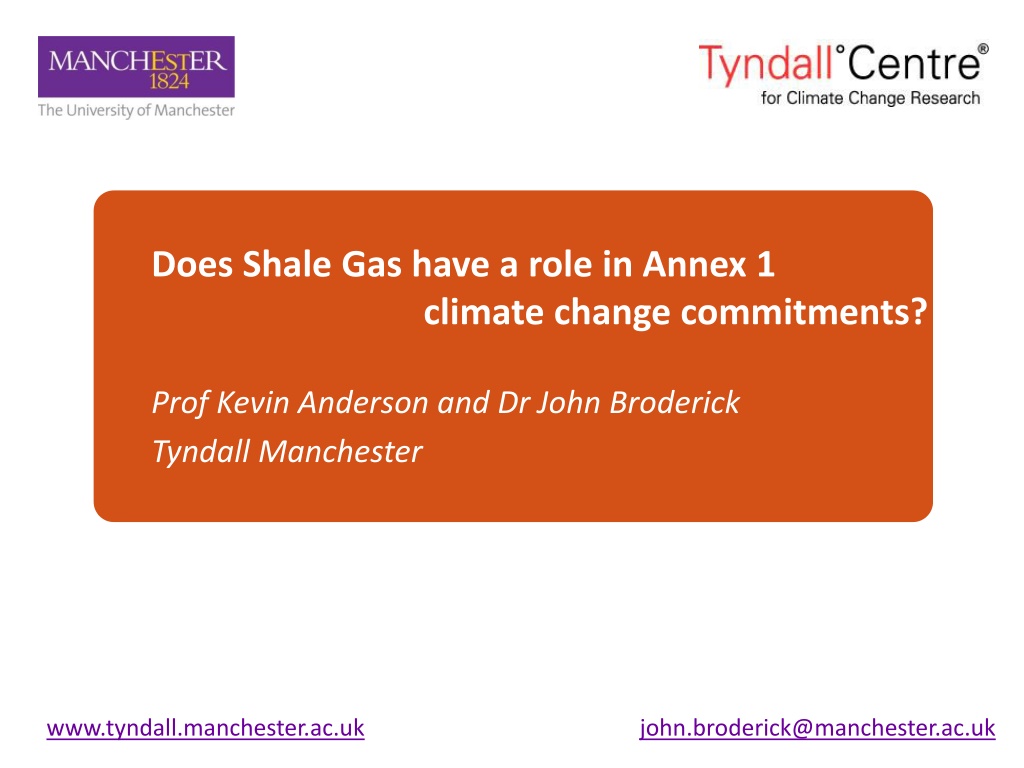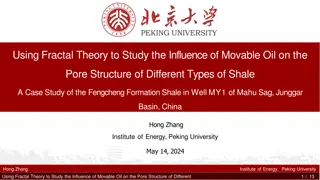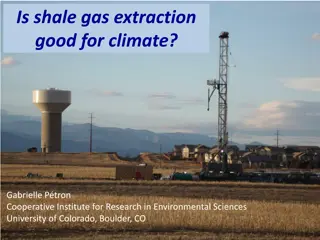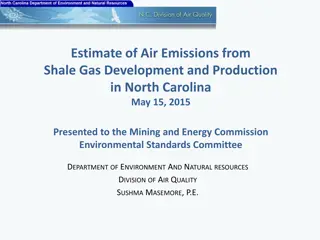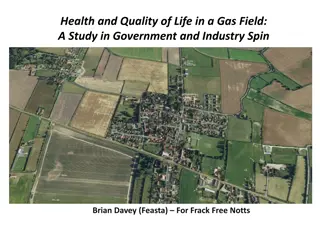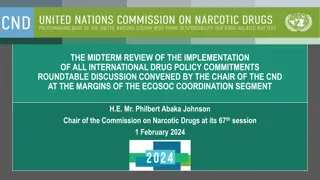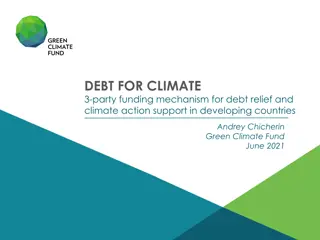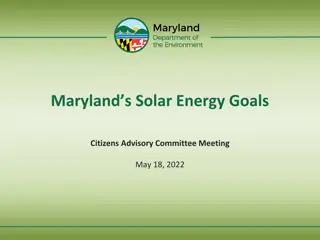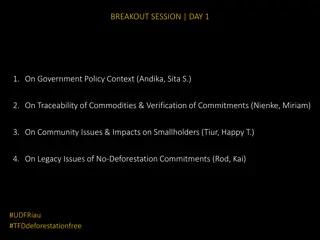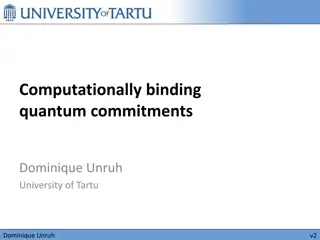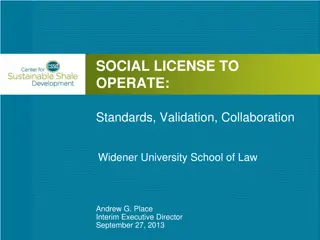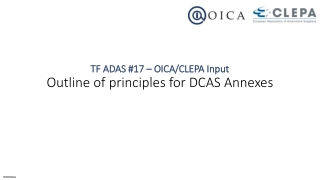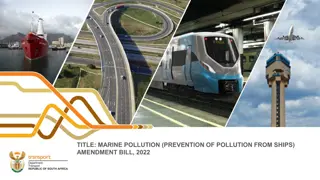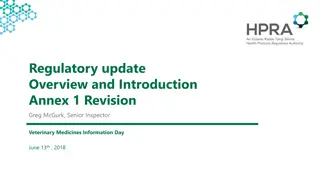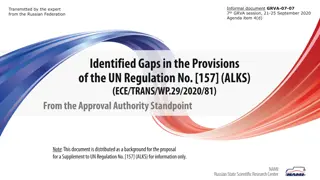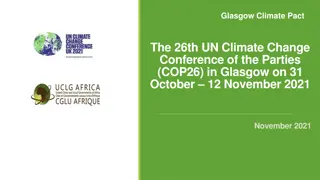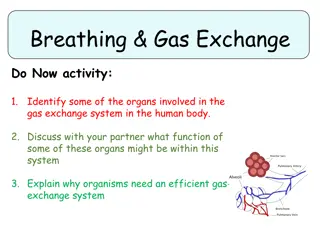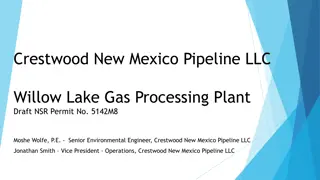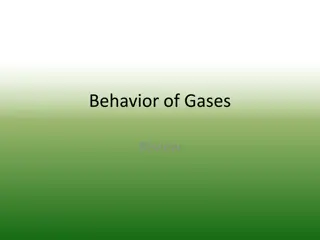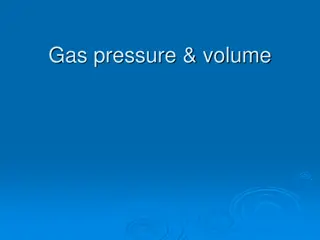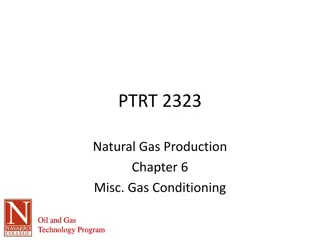Role of Shale Gas in Annex 1 Climate Commitments
Shale gas, including natural gas, is not a low-carbon fuel according to Prof. Kevin Anderson and Dr. John Broderick from Tyndall Manchester. The International Energy Agency's view on climate change indicates a worrying trend towards a 3.5°C rise by 2040, with catastrophic consequences if not addressed promptly. To prevent dangerous climate interference, it is crucial to limit global temperature increases to below 2°C, as outlined in various agreements and communications. Mitigating the challenge involves holding cumulative CO2 emissions at levels that ensure a high probability of staying below a 2°C temperature rise. By understanding emissions pathways fitting within the 2°C limit, we can strive to avoid irreversible climate change.
Download Presentation

Please find below an Image/Link to download the presentation.
The content on the website is provided AS IS for your information and personal use only. It may not be sold, licensed, or shared on other websites without obtaining consent from the author. Download presentation by click this link. If you encounter any issues during the download, it is possible that the publisher has removed the file from their server.
E N D
Presentation Transcript
Does Shale Gas have a role in Annex 1 climate change commitments? Prof Kevin Anderson and Dr John Broderick Tyndall Manchester www.tyndall.manchester.ac.uk john.broderick@manchester.ac.uk
Key Point Natural Gas (inc. shale gas) is not a low carbon fuel
Context The international energy agency s (IEA) view on climate change on track for a 3.5 C rise by 2040 (i.e. 4.2 C relative to preindustrial) When I look at this data, the trend is perfectly in line with a temperature increase of 6 degrees Celsius, which would have devastating consequences for the planet. we have 5 years to change the energy system or have it changed Fatih Birol - IEA chief economist
UNFCCC stabilization of greenhouse gas concentrations in the atmosphere at a level that would prevent dangerous anthropogenic interference with the climate system Article 2
What is dangerous? To hold the increase in global temperature below 2 degrees Celsius, and take action to meet this objective consistent with science and on the basis of equity Copenhagen Accord (2009/10), Cancun Agreement (2010/11) must ensure global average temperature increases do not exceed preindustrial levels by more than 2 C European Commission s annual communication (2009)
What is mitigation challenge? To hold cumulative emissions of CO2 in the atmosphere at levels that provide a high probability (90%-99%) of staying below a 2 C rise in global surface temperature
What emissions pathways fits with 2C? In 2012 it is too late for a high probability of staying below 2 C i.e. already blown the budget for our existing commitments So lets take an outside chance (<50:50) chance of avoiding dangerous CC With significant reductions in deforestation & halving food-related emissions What is left for emissions from energy? i.e. the pathway for 50:50 chance of avoiding dangerous climate change
for energy emissions? (with 2020 peak & a high probability of exceeding 2 C) 50 40 30 GtCO2yr-1 Increasing probability of exceeding 2 C 20 10 0 2050 2000 2010 2020 2030 2040 2050 2030 Year
and for energy emissions? (with 2020 peak & a high probability of exceeding 2 C) 50 40 30 GtCO2yr-1 10-20% annual reductions 20 Globally: no emission space for coal, gas, or shale even with CCS! 10 0 2050 2000 2010 2020 2030 2040 2050 2030 Year
and for Annex 1 nations (~OECD)? 40% 70% 90+% reduction by reduction by reduction by 2015 2020 2030
Why such different conclusions? Context Take science-based view of 2 C (i.e. cumulative emissions not 2050 targets) Fair division of emissions between Annex 1 & non-Annex 1 Explicit account of global deforestation and food emissions NB: decarbonising power sector is not the same as avoiding dangerous climate change Impact Timeframe of transition to low/zero carbon energy system significantly reduced Gas not compatible with such a science-based timeframe Gas with CCS only compatible with very high capture (over 95%) NB: research priorities should be genuinely low or zero carbon energy technologies
For unconventional gas Non-Annex 1 Part of rapid carbon intensity reduction if upstream emissions are managed but must lock out other fossil fuel infrastructures & enable CCS Annex 1 Incompatible with even weak version of 2 C commitments Rapid reduction in energy demand; and increase in very low/zero energy supply necessary - inc. with CCS
